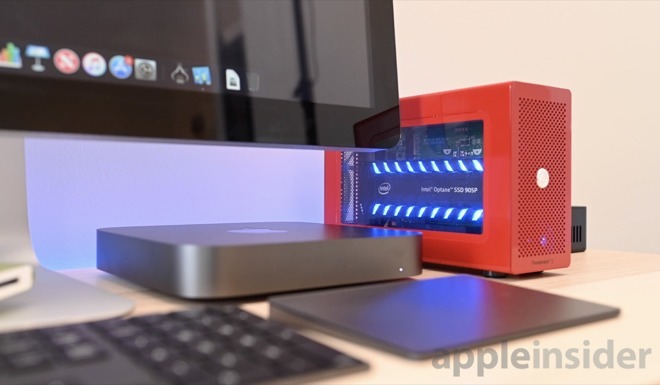

- #TARGET EXTERNAL DRIVES FOR MAC PRO#
- #TARGET EXTERNAL DRIVES FOR MAC SOFTWARE#
- #TARGET EXTERNAL DRIVES FOR MAC PASSWORD#
- #TARGET EXTERNAL DRIVES FOR MAC FREE#
Then press the T key to continue booting in Target Disk Mode.Īlso, the Apple USB-C Charge Cable that comes with the power adapter for the MacBook, MacBook Air, and MacBook Pro models doesn’t support Target Disk Mode, so if that’s the cable you were planning to use, sorry, but you’ll need to buy a real Thunderbolt or USB-C cable.ĭespite these small caveats, Target Disk Mode is one of the unsung innovations that has made Macs easier to use for decades, and it’s well worth keeping in mind whenever you need to move lots of data between machines.
#TARGET EXTERNAL DRIVES FOR MAC PASSWORD#
If the Mac has a firmware password, press the Option key while the Mac is starting up and enter the firmware password when prompted.If the Mac is encrypted with FileVault, hold down the T key at startup like normal, but then enter the administrator password for that Mac to complete the switch to Target Disk Mode.Two things can complicate putting a Mac into Target Disk Mode: FileVault and a firmware password. If you have hundreds of gigabytes to transfer and either of your Macs is a notebook, it’s best to connect it to power to avoid draining the battery before the copy finishes. When you’re done, press and hold the power button on the source Mac for a few seconds to shut it down.The first is Catalina’s system volume you’ll find all your files and folders on the Data volume.) (If the source Mac is running macOS 10.15 Catalina, two drives will appear on the destination Mac’s Desktop: DriveName and DriveName – Data. The source Mac’s drive appears on the destination Mac’s Desktop like an external hard drive. Connect the source Mac to the destination Mac with an appropriate cable.Open System Preferences > Startup Disk, click the lock button and enter your administrator credentials, click Target Disk Mode, and then click Restart.

#TARGET EXTERNAL DRIVES FOR MAC SOFTWARE#
There’s no software to configure nor any permissions to worry about.
#TARGET EXTERNAL DRIVES FOR MAC FREE#
If you had an external hard drive with sufficient free space handy, you could copy all the data to it from one Mac and then copy the data back off to another Mac. You can send files via AirDrop, attach them to an email message, put them in a Messages conversation, turn on and connect via File Sharing, or use Dropbox or Google Drive as an intermediary, to name just a few of the more obvious approaches.īut what if you have a lot of data-say tens or even hundreds of gigabytes-to transfer from one Mac to another? The techniques listed above might work, but we wouldn’t bet on it. We have an embarrassment of riches when it comes to the number of ways we can move data between Macs.


 0 kommentar(er)
0 kommentar(er)
